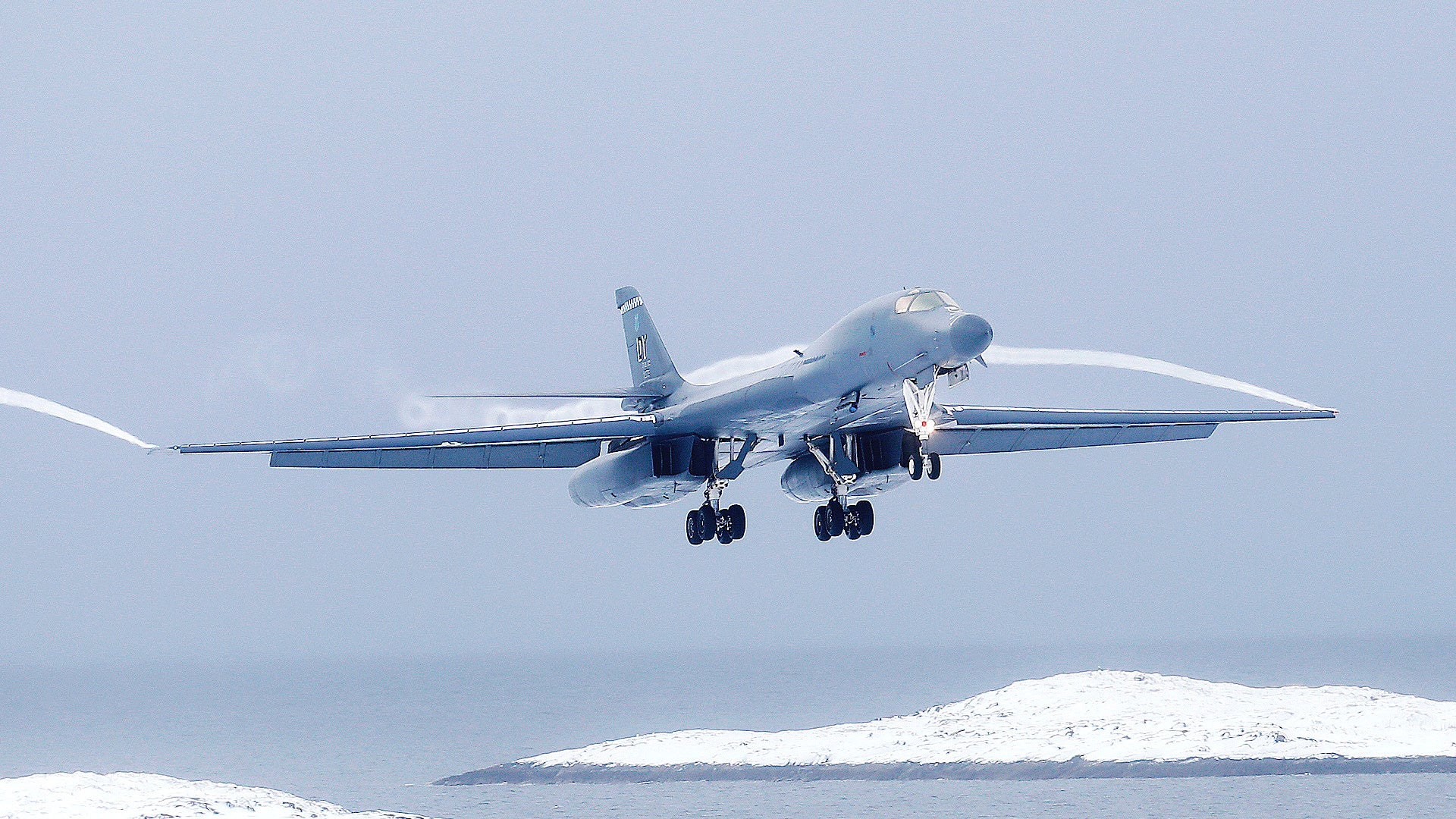A U.S. B-1B bomber has touched down at a Norwegian Air Base above the Arctic Circle for the first time. This comes as the strategic significance of that region only continues to grow. Russia, in particular, is expanding its own military infrastructure in the far north, including improving bases to be better capable of supporting bombers and other combat aircraft.
The B-1B, nicknamed the Dark Knight after the DC comic books hero Batman, landed at Bodø Main Air Station in northern Norway on March 7, 2021. This bomber is one of four from the 7th Bomb Wing out of Dyess Air Force Base in Texas that arrived at the Royal Norwegian Air Force’s Ørland Main Air Station last month. This is the first time B-1Bs have ever deployed on any basis to this country, which is also a NATO member, though these bombers have flown long-distance missions to train with Norwegian forces and other American allies and partners in the region in the past.
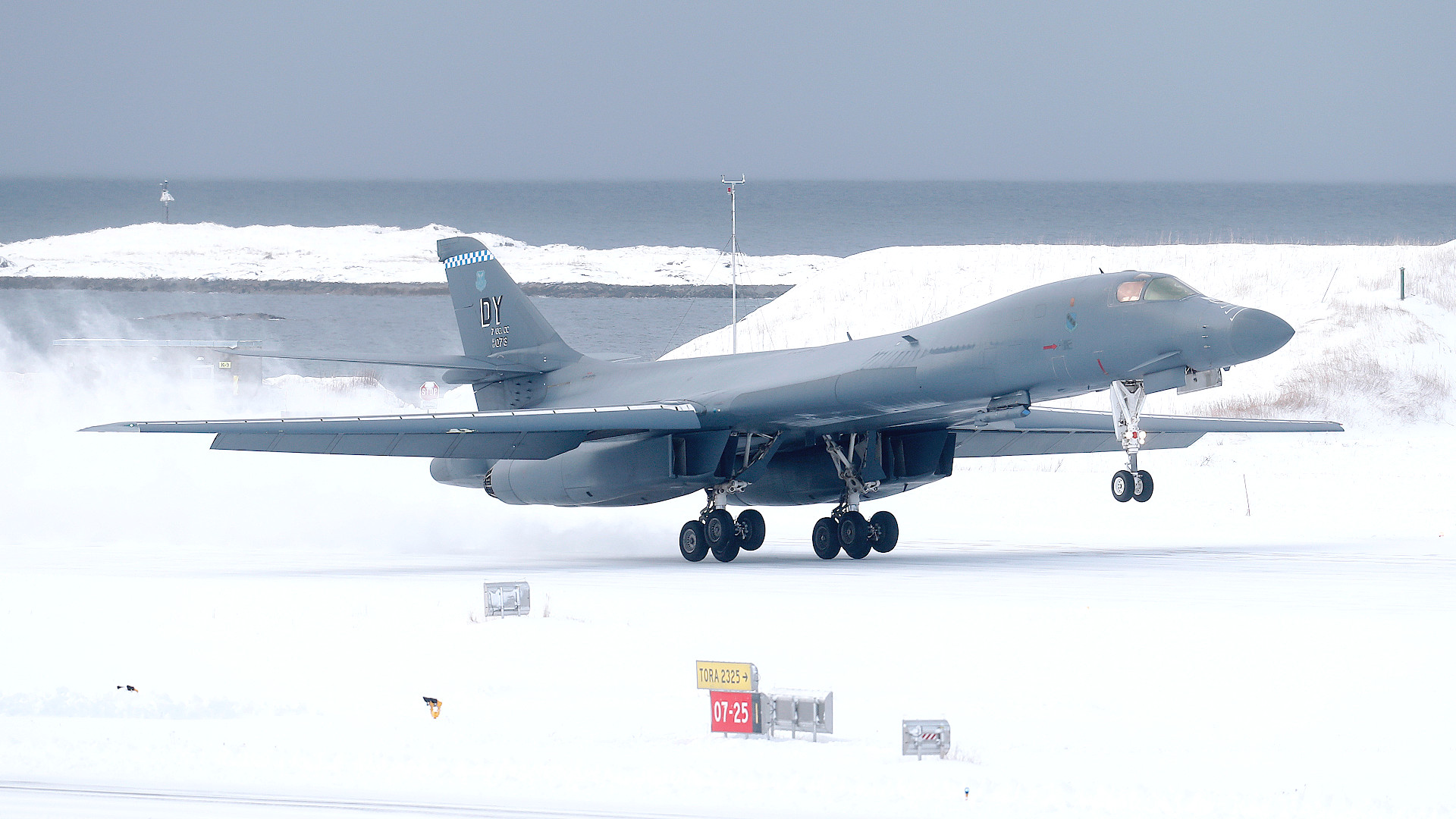
A press release from U.S. Air Forces in Europe (USAFE), the top Air Force command in the region, said that the B-1B stop at Bodø was in order to conduct a “warm-pit refuel,” wherein the crew remains on board and the aircraft remains “on” via power from its auxiliary power unit (APU). This is different from a “hot-pit refuel,” where the aircraft’s engines are on and running the entire time.
The B-1B’s pit stop came during a mission that was primarily focused on training with U.S. special operations forces Joint Terminal Air Controllers (JTAC), as well as their Norwegian and Swedish counterparts, on the ground. The bomber also flew together with four Swedish Air Force JAS-39 Gripen fighter jets during these recent flights. Sweden is another important American partner in the region, but is not a member of NATO.
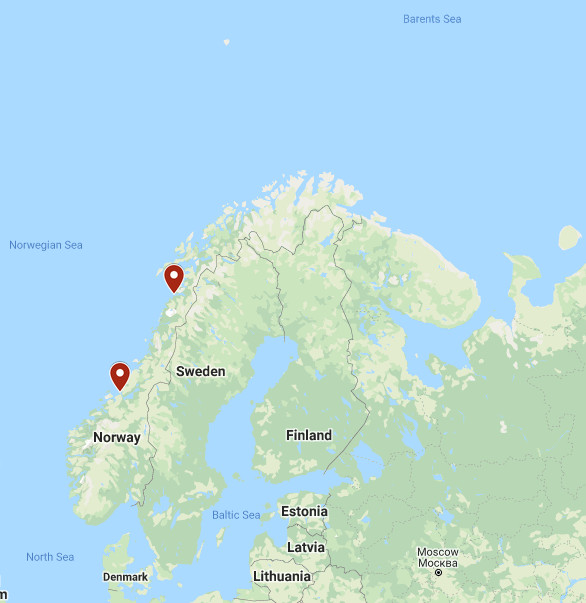
“It’s not every day that our bomber has the chance to play such a prominent role in training ally and partner JTACs,” Air Force General Jeff Harrigian, head of USAFE, said in a statement. “Opportunities to train alongside our allies, partners and U.S. Special Operations Forces in forward locations makes us the rapid, resilient and ready force we need to be.”
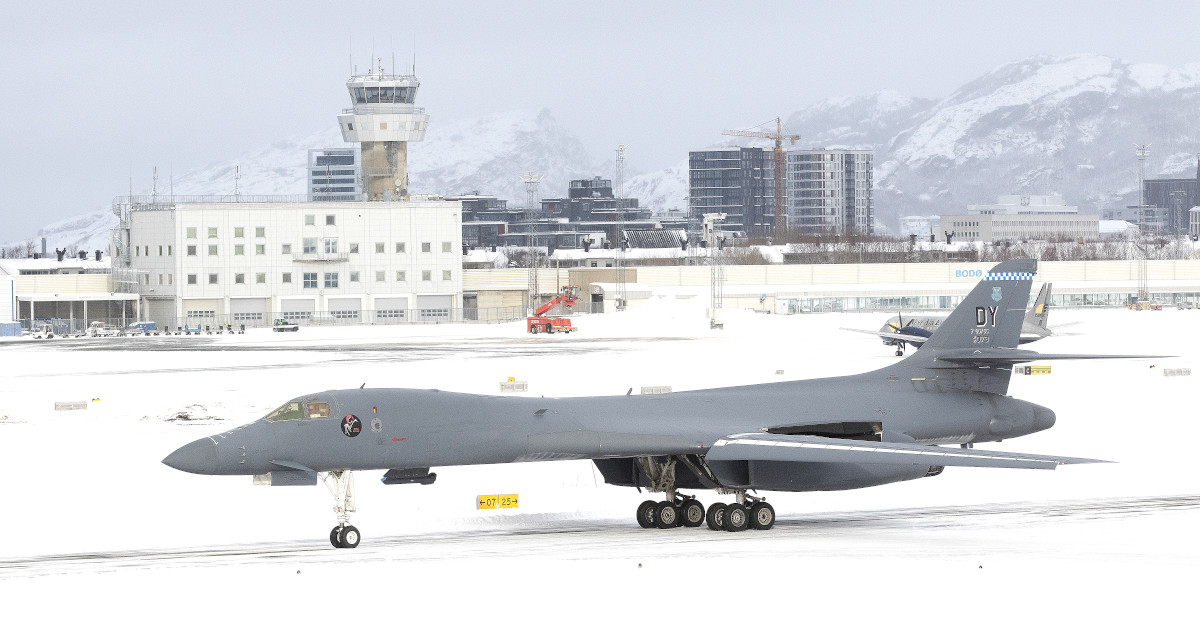
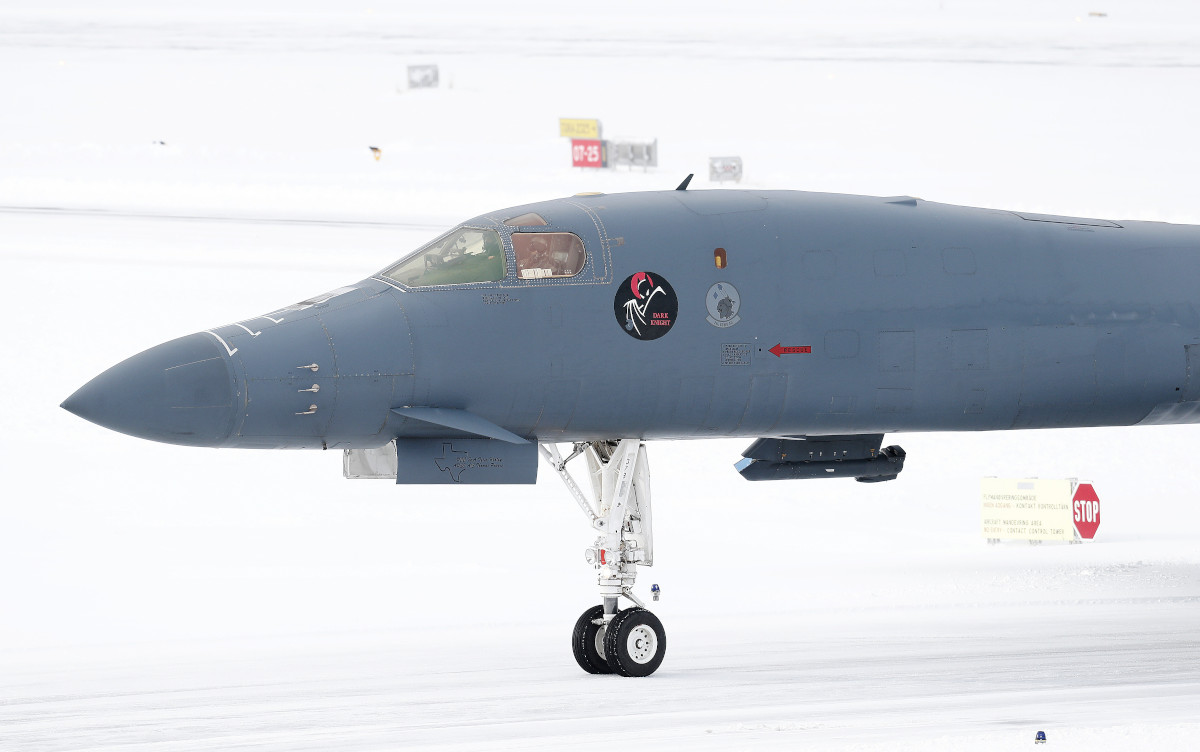
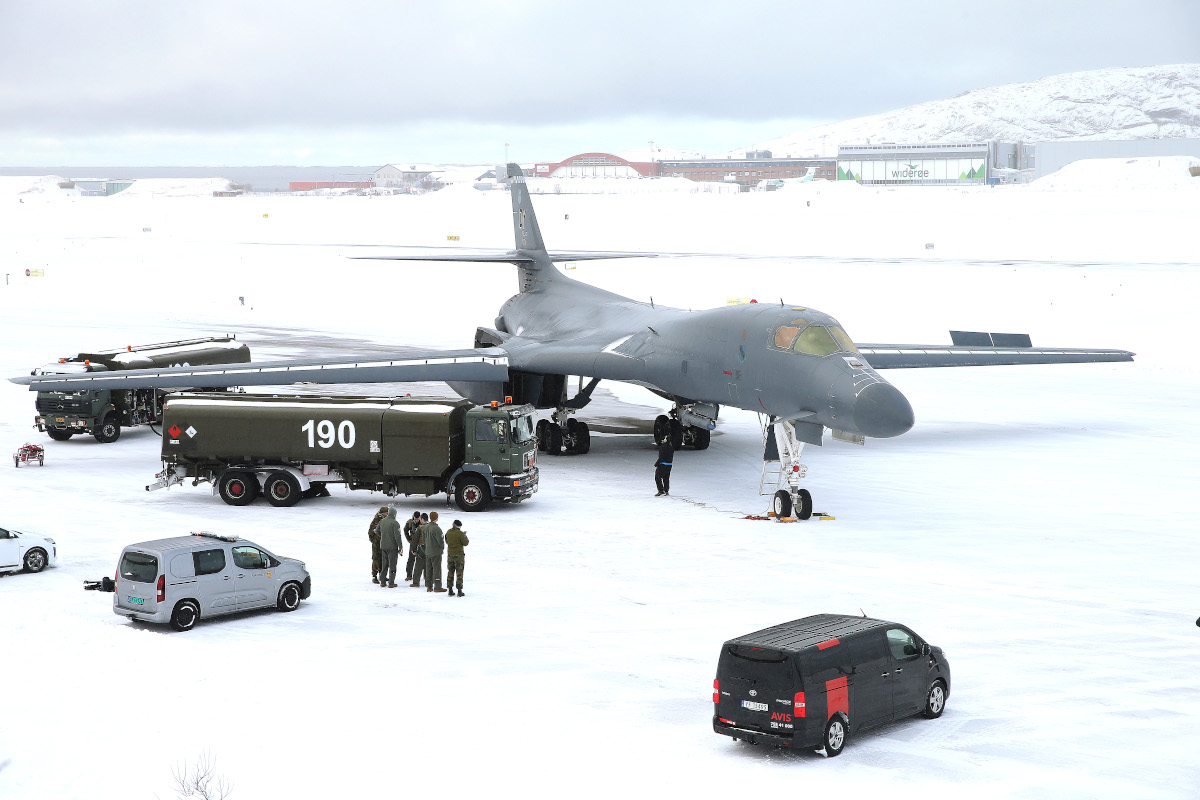
It’s interesting to note that, while the Air Force’s B-1Bs were heavily committed to directly supporting ground forces during the fighting against ISIS, starting in 2014, the service has worked to refocus their aircraft on more strategic power-projection missions in recent years. This has included numerous long-range training sorties in and around Europe, as well as the Pacific.
In addition, the crews of these aircraft no longer conduct low-level flight training and reportedly there is now a policy in place that prohibits them from being deployed to perform close air support missions in support of ongoing conflicts in Iraq and Syria, or Afghanistan. The Air Force has now also started retiring 17 of its remaining B-1Bs. All of this is part plan the service says will help conserve the life of the other B-1Bs and keep them operational and relevant for years to come.
All this being said, during any future contingency, including a high-end conflict with a near-peer adversary, such as Russia, the Air Force could still potentially commit B-1Bs to close air support missions, in addition to long-range strike stories. Special operations units in forward locations, or even possibly behind enemy lines, via their JTACs, could also feed information to those bombers, among other assets, about the presence of higher-value, time-sensitive targets in a specific area, as well.
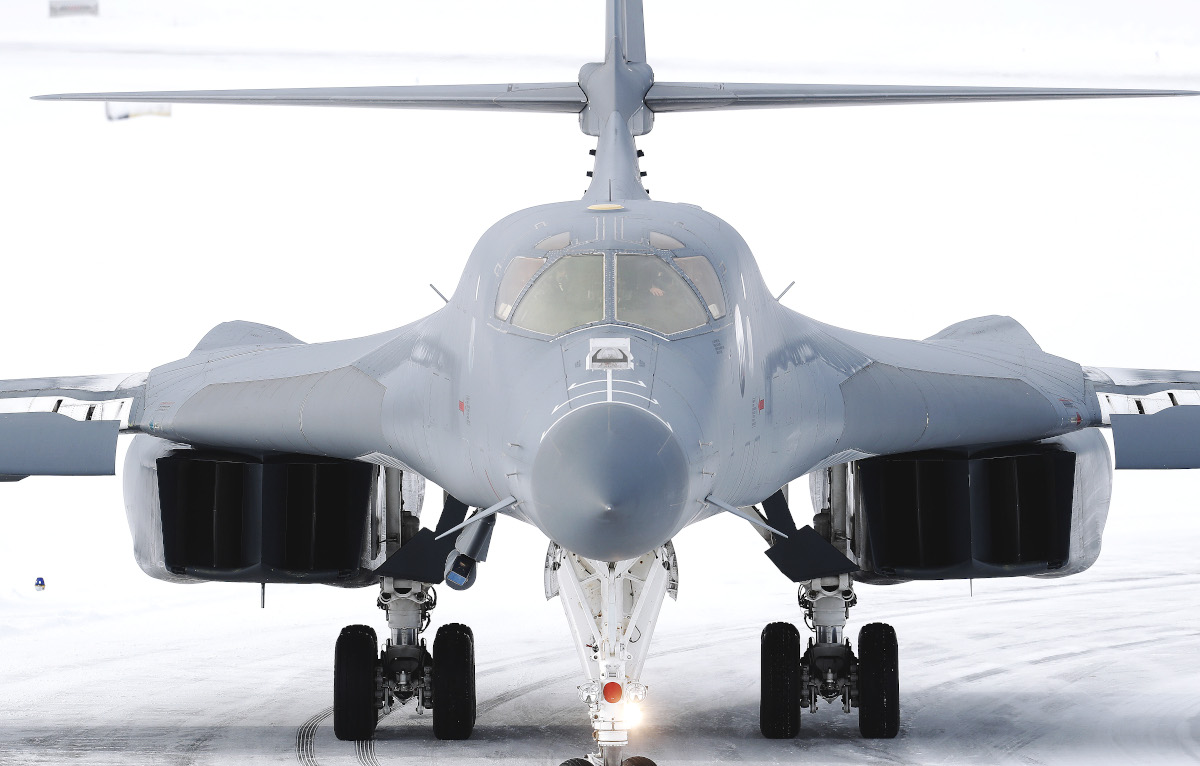
No matter what, the demonstration of a B-1B’s ability to land and refuel at Bodø is simply in line with efforts across the U.S. military, including within the Air Force, to expand the number of potential operating locations available to American forces worldwide during a major conflict. During such a crisis, large, established air bases, in particular, could be destroyed or otherwise made unavailable, underscoring the need for a more distributed posture.
With regards to Bodø, specifically, the base provides quick access for the bombers into the Norwegian and Barents Seas and the greater Arctic region. From there, B-1Bs could present a new kind of challenge to Russian operations in these areas, especially those of its naval forces based in the northwestern corner of that country. Russian Navy ships and submarines routinely sail through the Barents Sea and then the Norwegian Sea on their way toward the so-called Greenland, Iceland, United Kingdom (GIUK) gap, and the northern Atlantic Ocean beyond it.
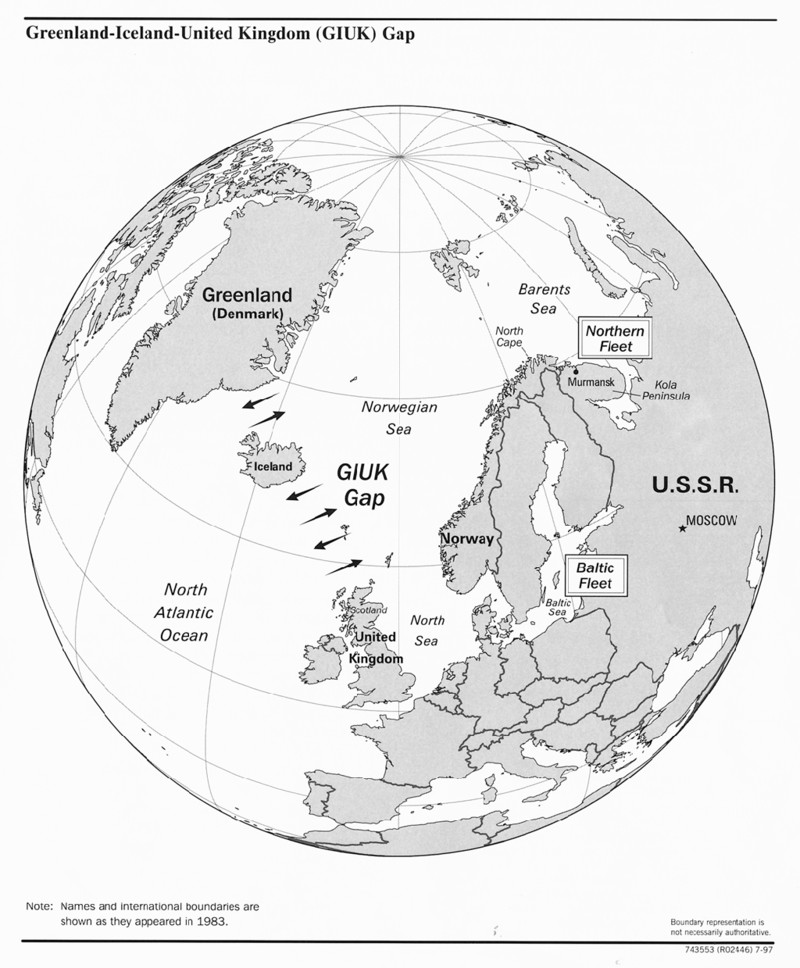
In addition to their stand-off land-attack capabilities, the B-1Bs are increasingly important anti-ship platforms when armed with the stealthy AGM-158C Long-Range Anti-Ship Missile (LRASM). Last year, the Air Force revealed that some of these bombers had conducted an anti-ship training exercise in the Black Sea region that was almost certainly pointed at Russia and its Black Sea Fleet in particular.
As Arctic ice recedes due to global climate change, exposing new economic opportunities, including trade routes and access to natural resources, the region, as a whole, is set to become a point of increasing geopolitical competition. The B-1B’s visit to Norway’s far north notably comes as the U.S. Navy is also looking to expand its own forward presence in northern Norway. This could include future submarine and other naval operations staged from a massive underground base at Olavsvern, near the city of Tromso, which you can read about more in this past War Zone piece. Olavsvern is situated some 200 miles northeast of Bodø.
“We must expect some Russian reactions to the deployment,” Norwegian Defense Minister Frank Bakke-Jensen had told members of his country’s parliament earlier this year regarding the overall deployment of the B-1Bs to the country. “The B-1B are heavy capable bombers and Russia will claim the deployment increases tensions.”
On the same day in February that the B-1Bs arrived at Ørland, the Russian Navy’s Slava class cruiser Marshal Ustinov sailed into the Varanger fjord, a body of water that contains a maritime boundary between Russia and Norway. This 12,700-ton-displacement vessel is the third-largest warship assigned to the Russian Navy’s northern fleet and has a primary armament of 16 P-500 Bazalt anti-ship cruise missiles.
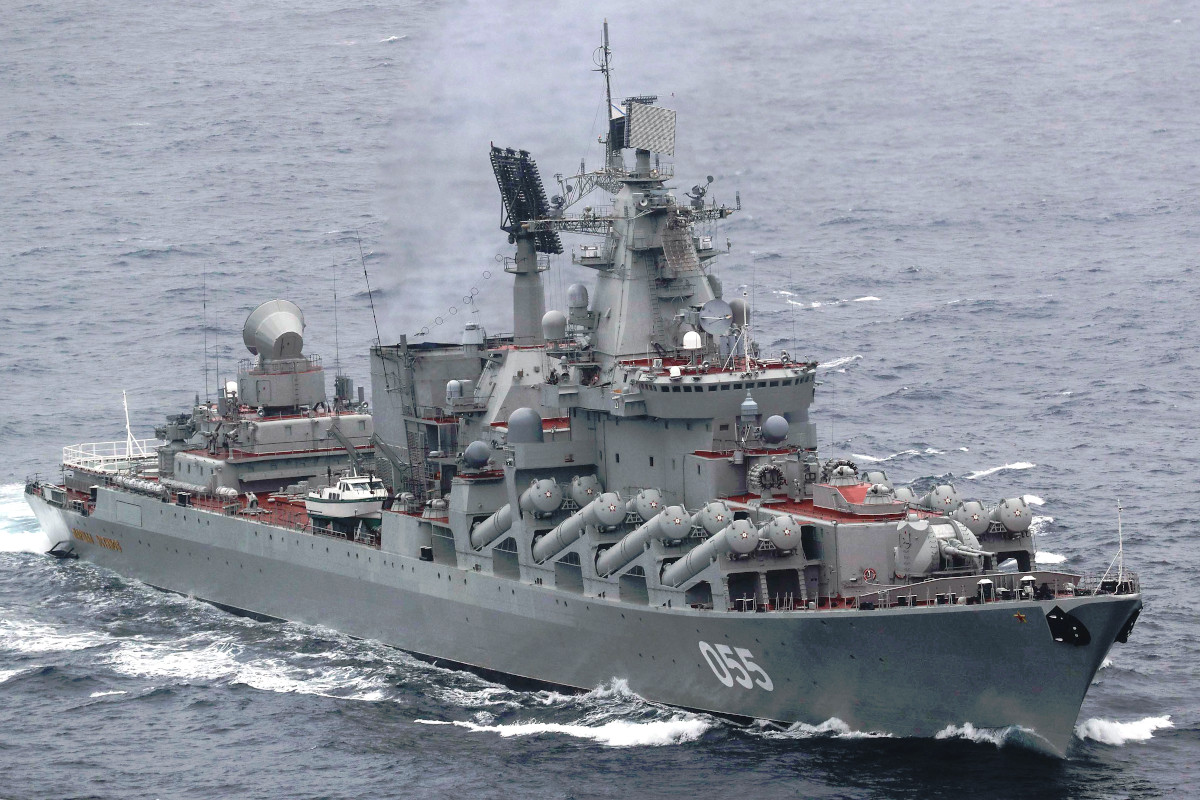
The cruiser remained in Russian territorial waters the entire time, but this was a clearly provocative maneuver that had never been seen before, according to a report from The Barents Observer. Russia had also announced a naval exercise just days before the B-1Bs landed at Ørland, which it said would involve firing missiles into international waters in the Barents Sea between mainland Norway and one of that country’s outlying islands. This was also seen as a direct response to the bomber deployment.
Russia has conducted other provocative activities in this general region in recent years, as well. This includes multiple mock airstrikes clearly aimed at a secretive radar facility at Vardø, which is situated very close to the Russian border in Norway.
This trip by an Air Force B-1B to Bodø could very well prompt new responses from the Russian military. If nothing else, it is the latest example of how the Air Force, as well as other elements of the U.S. military, are looking to increase their presence in this highly strategic region.
Contact the author: joe@thedrive.com
